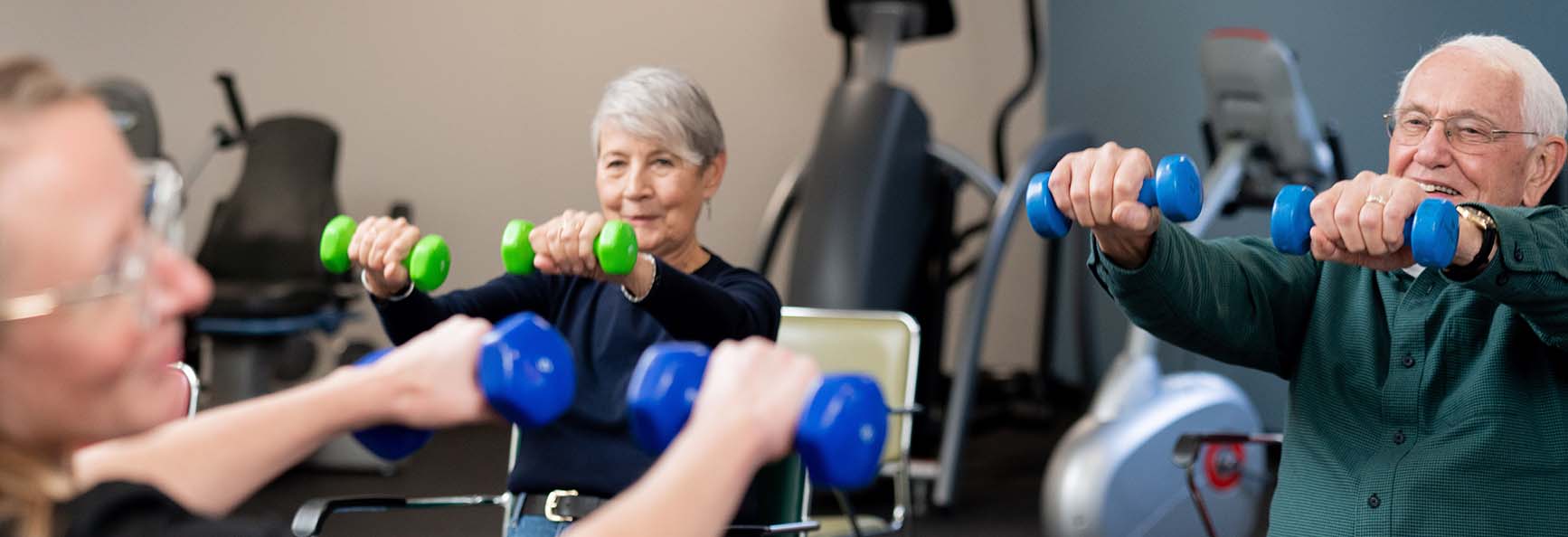February is American Heart Month Keeping Your Heart Healthy and Happy
February is American Heart Month, a time when all people are encouraged to focus on their cardiovascular health. Heart disease is the leading cause of death for men, women, and people of most racial and ethnic groups. One person dies every 33 seconds from cardiovascular disease. In 2022, 702,880 people died from heart disease. That's the equivalent of 1 in every 5 deaths. Heart disease cost about $252.2 billion from 2019 to 2020 and this includes the cost of health care services, medicines, and lost productivity due to death.
Heart disease can often be prevented when people make healthy choices and manage their health conditions. Communities, health professionals, and families can work together to create opportunities for people to make healthier choices.
Heart disease includes numerous problems, many of which are related to a process called atherosclerosis. Atherosclerosis is a condition that develops when plaque builds up in the walls of the arteries. This can cause a heart attack or stroke.
Heart disease symptoms depend on what type of heart disease you are experiencing. Coronary heart disease is the most common type of heart disease. The most common symptom of coronary artery disease is angina. This symptom can be described as a discomfort, heaviness, pressure, aching, burning, fullness, squeezing, or painful feeling in your chest. It can be mistaken for indigestion or heartburn. Angina may also be felt in the shoulders, arms, neck, throat, jaw, or back. Other symptoms of coronary artery disease include:
- Shortness of breath
- Palpitations (irregular heartbeats, or a "flip-flop" feeling in your chest)
- A faster heartbeat
- Weakness or dizziness
- Nausea
- Sweating
Heart disease is not a part of normal aging. There is a lot you can do to protect your heart throughout your life. You're never too young or too old to improve the health of your heart. The good news is that you can help reduce your risk and improve your heart health by following the ABCS!
A: Aspirin when appropriate.
Take aspirin as directed by your health care professional. Ask your health care professional if aspirin can reduce your risk of having a heart attack or stroke. Be sure to tell your health care professional if you have a family history of heart disease or stroke and mention your own medical history.
B: Blood pressure control.
Control your blood pressure. Blood pressure measures the force of blood pushing against the walls of the arteries. If your blood pressure stays high for a long time, you may suffer from high blood pressure (also called hypertension). High blood pressure increases your risk for heart attack or stroke more than any other risk factor. Find out what your blood pressure numbers are and ask your health care professional what those numbers mean for your health. If you have high blood pressure, work with your health care professional to lower it.
C: Cholesterol management.
Manage your cholesterol. Cholesterol is a waxy substance produced by the liver and found in certain foods. Your body needs cholesterol, but when you have too much, it can build up in your arteries and cause heart disease. There are different types of cholesterol: One type is "good" and can protect you from heart disease, but another type is "bad" and can increase your risk. Talk to your health care professional about cholesterol and how to lower your bad cholesterol if it's too high.
S: Smoking cessation.
Don't smoke. Smoking raises your blood pressure, which increases your risk for heart attack and stroke. If you smoke, quit. Talk with your health care professional about ways to help you stick with your decision. It's never too late to quit smoking.
The good news is that your facility wellness and rehab team are specially trained to help adults with a broad range of conditions that affect cardiac functioning. These team members may identify lifestyle changes that facilitate cardiac wellness. The wellness and rehab team can provide practical and helpful information and resources to assist in health promotion such as stress reduction and fitness in your community.


